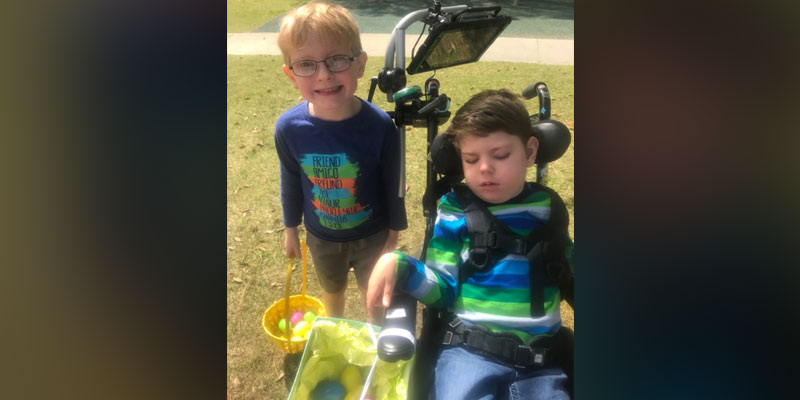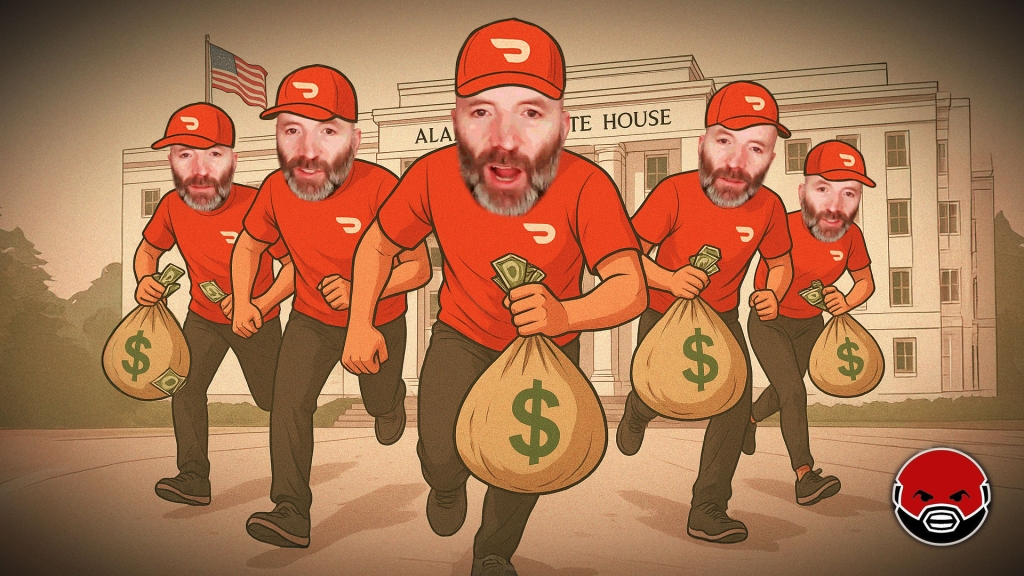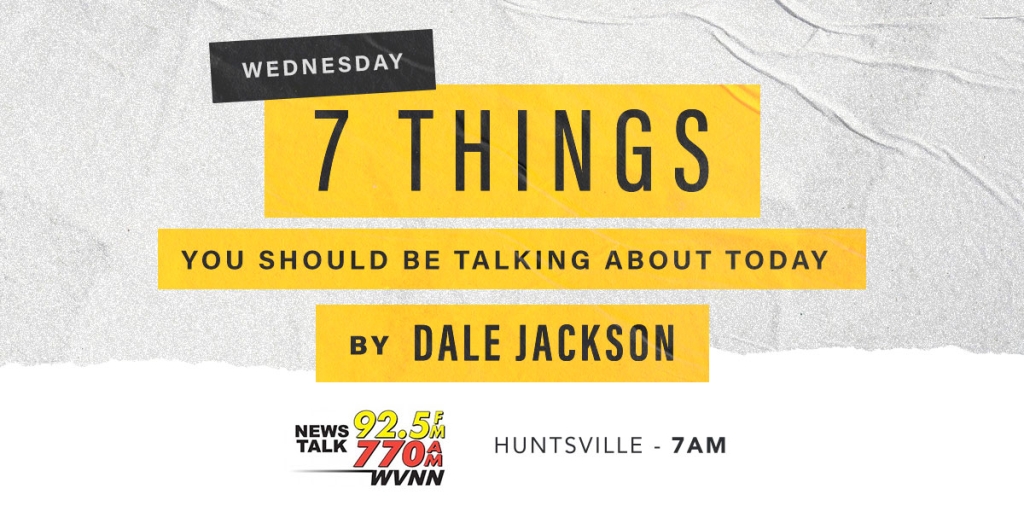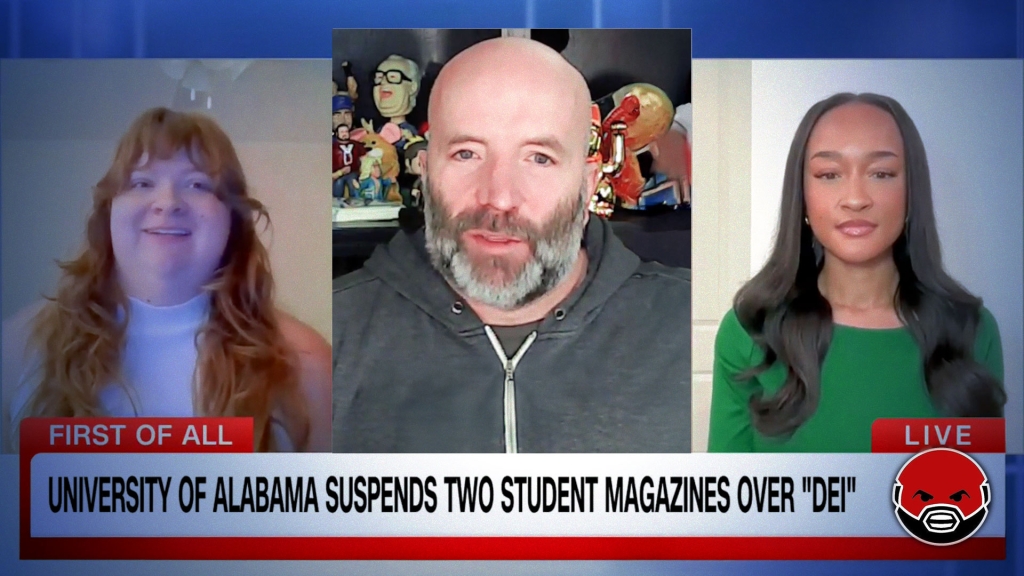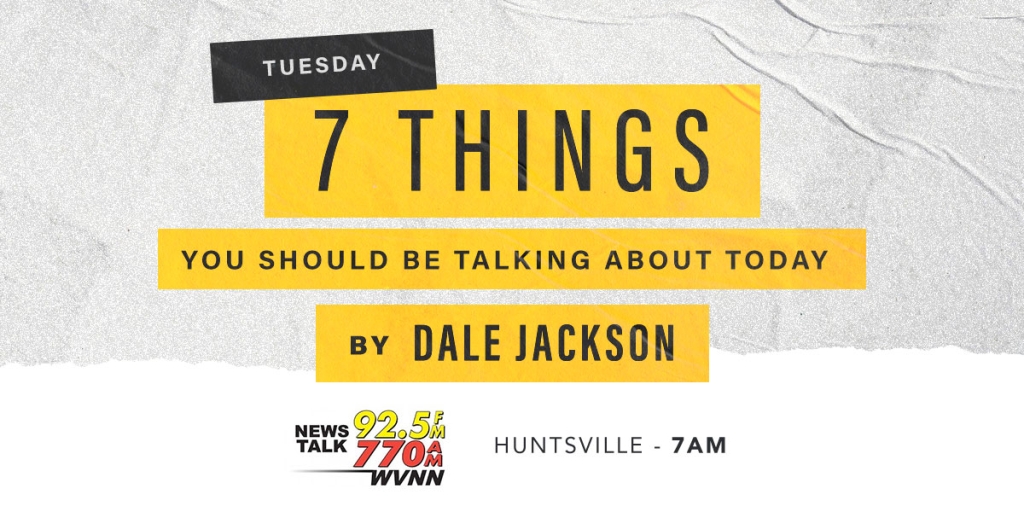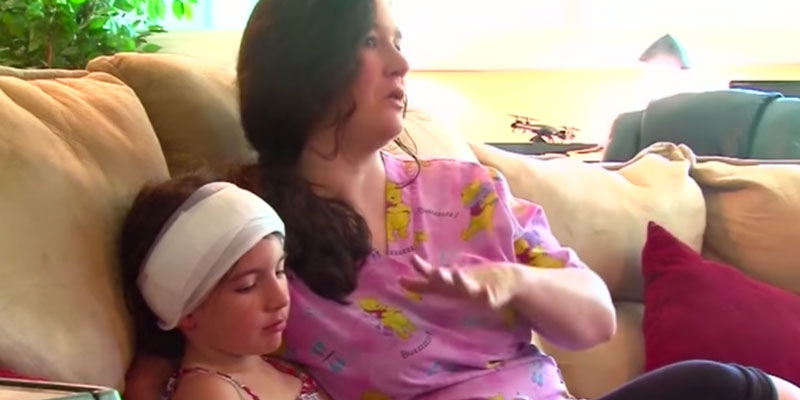We have all been there. We are in a public place with a child and they observe someone who is different. I have actually been on both sides of this! My son’s disability is visible on the outside because of his wheelchair and his feeding tube. We get stared at often and have been involved in more “mom grabs child’s hand and sprints away embarrassed” moments than were necessary. I get it! Your child notices a difference and they don’t know how to verbalize that to you, so they end up pointing and saying, “What’s wrong with that kid?”
Here are a few practical ideas for making this less awkward for you, your child, and the family with differences.
— Practice how you want your child to verbalize their confusion to you at home. Even when a child is two or three, parents can begin assisting their child in discussing differences through make-believe play or conversations at the dinner table. One option is to tell your child to first comment on something that is the same. “That boy has brown hair like me.” Next focus on helping the child express their confusion. “That boy also looks different because of his special chair.” Finally, have the child feel reassured that they can ask you why and that you will help them understand. If all words fail you, you can always use the phrase “Would you mind telling me about your story?” We all have stories, and you can use that phrase in so many situations.
— When your child blurts out, What’s wrong with that boy?, reinforce positive language. Because your children are children, they will abandon all of the work you do at home with them at some point. One option is to respond by saying “Nothing is wrong with that little boy. He has brown hair just like you. Is his special chair confusing you? If so, I would be happy to help you learn about him and his differences.” The adult leading the charge is key! Our children mimic our behavior, and the more you go through that three-step pattern, the more they will catch on.
— Do not run away. Don’t do it. Because we notice it every time. And it feels much worse than you engaging us in an awkward way. Most of us have spent our child’s lifetime advocating and educating those who don’t know about their special needs. We are experts at dealing with awkward. But we will never be experts at seeing people run away from us and our precious children. Also, and more importantly, if you shut down conversation and nervously flee, your child will experience discomfort. This can cause a deep-rooted fear or habit of avoiding those with disabilities. You may be panicking on the inside, but for the sake of your child’s personal growth, please hang in the awkward and engage our family.
— Seek out situations where your child can be with people who are different. The most recent U.S. Census reports that 19 percent of the population has a disability. That is nearly one in five people that we interact with. It’s not a matter of if but when your child will encounter an individual who is differently abled. In order for your child to gain confidence and comfort in experiencing these individuals, you may want to seek out situations where your children may interact with others while you are present. Afterward, you can engage in conversation to allow your children to ask questions. My son attends an inclusive school where twenty to twenty-five percent of the children experience delays. It is amazing to see the class together! This is Gabe’s fourth year and he has mostly grown up with the same classmates. The other children absolutely know that Gabe has differences, but they do not treat him differently. I am so eternally grateful for the parents with typical children that have selected this inclusive experience for their family. It is a perfect example of how society can be inclusive! If you are considering child care, check out Hand in Hand and consider a daily experience for your child to make friends of all abilities.
— Talk to the individual with a disability and encourage your child to do the same. My son is non-verbal and also has a form of blindness, but he absolutely loves to hear new voices and to be engaged verbally by others. If you walked up to a parent with a typical child, you would say hello and talk to both of them. It is wonderful to do the same with families with disabilities! If the child is not able to respond verbally, the adult with them will step in for them. Speaking to the child ensures they are given the same opportunities as a typical child.
— The words you use matter. I absolutely cannot stress this enough. If someone in your home uses the R-word, your children will use the R-word. This will most certainly lead to them associating that word with stupid, not good enough, etc. I talk to people often about this topic and I often hear “I don’t mean it that way.” I understand, but it does not change the fact that it is hate speech. “Hate speech” is defined as speech that attacks a person or group on the basis of attributes such as race, religion, ethnic origin, sexual orientation, disability, or gender. Like so many words that we have eliminated from our speech, the R-word needs to be removed from our language. In my experience, you can work on the four items listed above regularly, but it will be for naught if your children are hearing words that hurt those with disabilities.
Your children will benefit so much from these ideas with your help! Do you have questions about interacting with families with special needs? I would be happy to help!
Becki Irby is a software product manager, Hoover resident, and mother to a 5-year-old who suffered a brain injury at birth that led to multiple diagnoses, primarily Spastic Quadriplegic Cerebral Palsy and Epilepsy. She is a contributing writer at Birmingham Mom’s Blog.




